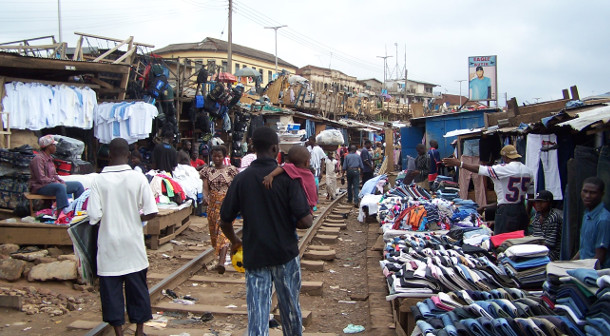The development of the country depends on the growth of the cities. The accumulation of people led to the exchange of goods and ideas and increases total productivity. Ultimately this will promote the growth of a country. Colonial infrastructure is the basic facilities required for the functioning of a community or society which were established by the colonial government during the colonial period.


The begining
At the beginning of 19th century. The sub –Saharan African region is a very less urbanized region in the world. Only 50 cities are there with a population of 10,000 inhabitants. In 2010, the number of cities has increased to 3,000 cities. This is due to investments in infrastructure.
Transportation infrastructure is the most important for the development of a country. The countries which are destroyed in World war have also recovered the importance of population and how much they are important for the nation’s economy.


In the African context, things are a little bit different all the African countries are very poor and un-urbanized at the time when the colonial railroads are built. At that time most of the population is indulged in agricultural activity. Agriculture has less scope when it comes to the economic development of a country.
Development of Colonial Railroads in Africa
From 1896 to 1901, the railways were connected to the coast of Mombasa. At that time; Kenya is the only transit region The Colonisers have made the railroads that the construction cost will be less of the area. The Kenya –Uganda railroads are known as Lunatic Express which means going insensible Express.
The colonizer had also used locomotives that could have slopes less than 5 to 10%. It was the cheapest construction road that scaled the populated areas of Kisumu and Uganda. As a result, places near the Railroads have easy access, but other places with similar or better geography lost access.
Railroads and other industrialized infrastructure
In Ghana the five railroads routes were proposed which never happened. The first was the Cape Coast –Kumasi line which was planned to link the Capital of Cape Coast to Kumasi in 1873 for sending the troops to fight the Ashante. This project was stopped as the war ended up suddenly in 1874. Second railroads were planned between Saltpond to Kumasi by Governor Griffith to exploit the palm oil areas and connect the Kumasi coast.


In 1895, the governor was retired. The new Governor has given more importance to building the western line which is important for European interest. The third and fourth railroads were proposed by Governor Maxwell who suggested having two different sets of termini: Apam-Kumasi and Accra-Kumasi. But he died. The next Governor Hodgson favored Accra and thought railroads to be developed for Kpong. He retired in 1904 which led to a work breakdown. After him, Governor Rodger arrived who built the eastern line.
The railways reduced transportation costs, which contributed to the profitability of cocoa exports. Ghana became the world’s largest cocoa exporter in 1911. The settlement was developed along the railroads which make the availability of labor for the cultivation of cocoa.
Conclusion
The Colonial infrastructure has also seen till 1960 when most of the countries of Africa were independent. The current location of the cities in Africa is still strongly predicted by the railroads of the colonial periods. The colonial effects are still visible and very violent in Africa more than everywhere. Some roads and railways can’t alone solve the problem of any ethic, race, religious group and Africa is the prime example of it. Read more about infrastructure here.
